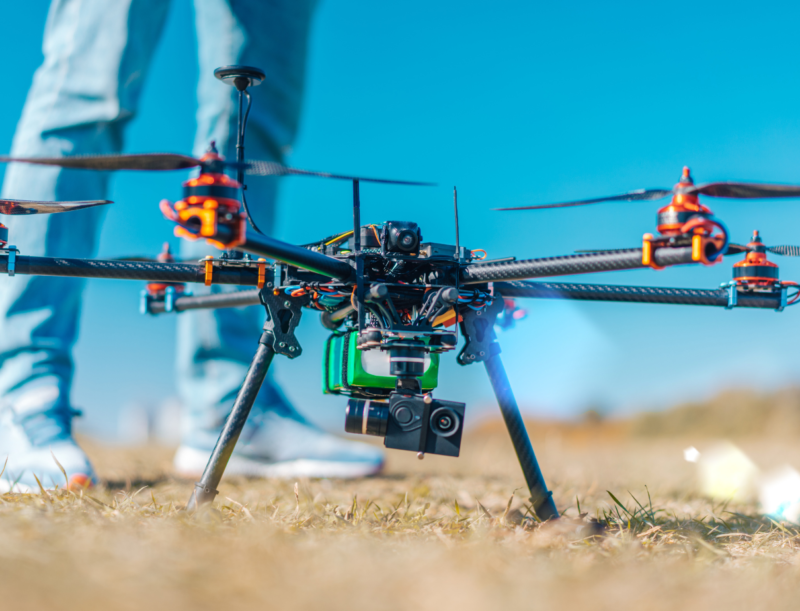What is the automation potential, what challenges will we face and how to address them?
“The drone industry is poised for substantial growth, driven largely by the promise of automation. However, several challenges must be addressed to fully harness the automation potential within the industry. Many aspects regarding security, in particular cybersecurity, production, the human-robotic-collaboration, regulatory challenges and design must be taken into consideration”, says Sales Manager Torben Hajslund.
Great potential and responsibility
Drones and robotics offer a great potential both for the civilian and defence industry, however where there is potential, there also lies an enormous responsibility and challenges.
“Collaboration between stakeholders, continuous innovation and adherence to regulatory compliance will be key to ensure safety, reliability and harness the automation potential to drive the industry forward. We need to address the threats, consequences, regulatory demands and the importance of a secure supply chain to be able to prioritise these factors alongside of development, costs and lead times.”, says Hajslund.
The nitty gritty details
R-24 featured a comprehensive agenda across five stages and the main stage, spanning all three days with over 80 engaging presentations, panel discussions, and interactive workshops.
“Attending such events is not just to see and learn, it’s also to connect and discuss. From a PCB perspective and already being a partner for several drone projects and companies, we love arenas where we can discuss the nitty gritty details in drone design and various opportunities that lies within it, both when it comes to designing the drone and the PCB that will make it function”, says
“As a trusted PCB partner in the Defence, Aerospace and Drone industry, we embrace the responsibility that comes with our role, providing compliant printed circuits and expertise in regard to design discussions, material selections, regulatory aspects and production of your printed circuit board”, Hajslund closes.
A few tips before you start your PCB design:
- Size and Weight Constraints: Drones often have size and weight limitations, so it’s essential to design PCBs that are compact and lightweight. A crucial point in this regard, is to think about finish copper thickness and plating requirements, as this will affect weight. Reducing the overall weight of the drone, will improve its manoeuvrability, and extend its flight time.
- Signal Integrity: Drones rely on various sensors, cameras, and communication systems that require reliable signal transmission. Properly manage signal integrity to minimize interference, noise, and signal loss. Use techniques like impedance matching and proper ground planes.
- Power Distribution: Efficient power distribution is critical in drone design. Ensure that the PCB design allows for the proper distribution of power to the various components, such as motors, sensors, cameras, and communication systems.
- Thermal Management: Drones generate heat during operation, especially the electronic components and motors. Incorporate effective thermal management solutions.
- Material Selection: Drones may be exposed to harsh environmental conditions, including moisture, dust, and extreme temperatures. Choose PCB materials and coatings that are resistant to these elements.
- Compliance with Regulations: Drones are subject to various regulations and standards, especially when it comes to radio frequency emissions and safety. Ensure that your PCB design complies with relevant regulations in your region.
- Testing and Prototyping: Thoroughly test and prototype your PCB design to identify and address any issues before mass production. This can save time and resources in the long run.


